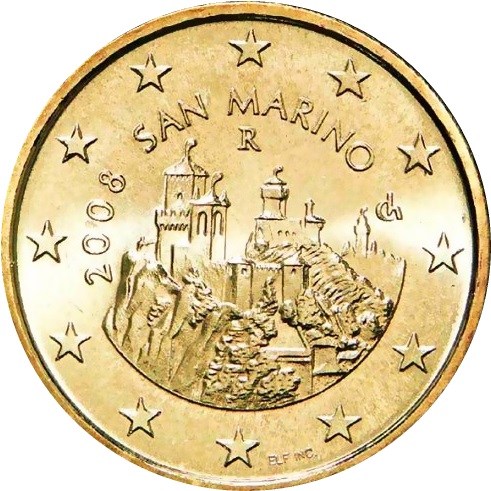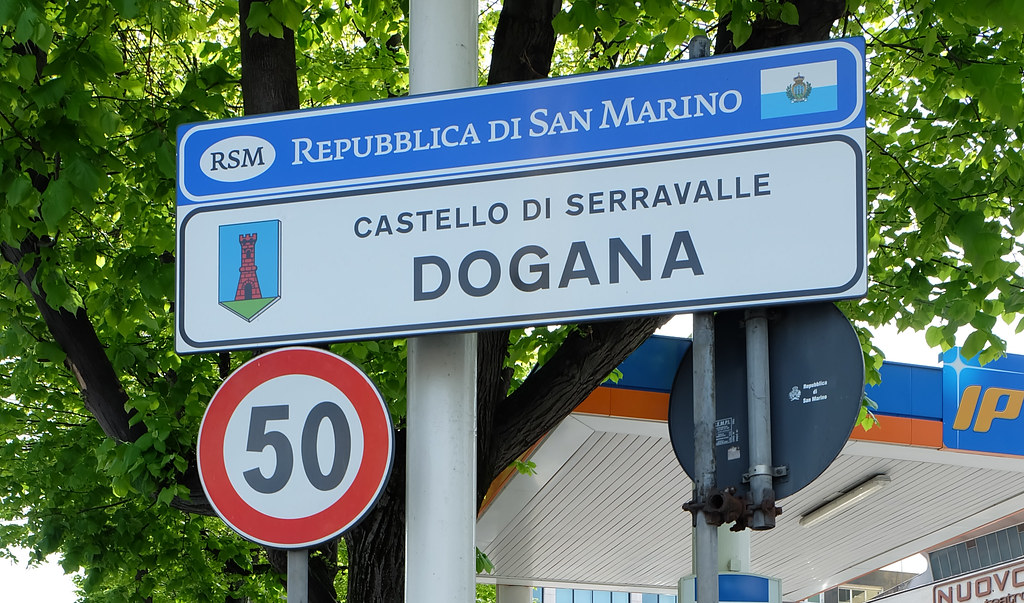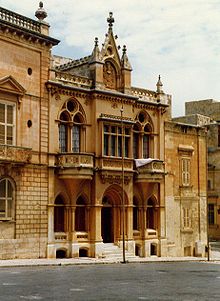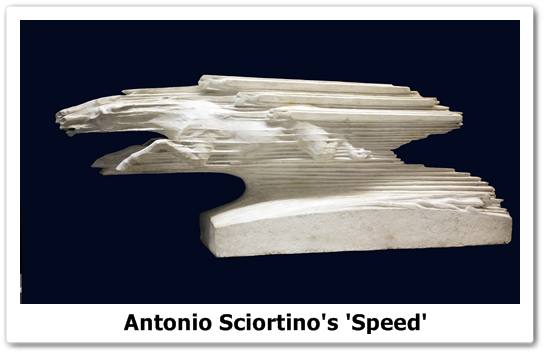When I was studying music in college, I took a
course called “Diction for Singers” that was required for vocal students. This
was a class aimed at teaching singers how to pronounce words in the languages
that singers use the most, and the first foreign language we tackled was
Italian. Our professor rolled out the trusty old white board and wrote the word
“Italy” at the top. We were each to tell one thing that we associated with the
country. Answers ranged from “spaghetti” to “opera” to “the mafia” to “fashion
models.” And then she bought us all pizza. That was a great class.
It’s thought by many historians that the word Italia is stemmed from Greek and other
local dialects to mean “land of the young cattle” or some variant of that. Many
tribes in the southern regions of the Italian peninsula used the bull as their
symbol. Other major Greek historians attribute Italy’s name to being named
after Italus, an ancient king.
Italy is in southern Europe, directly touching the
countries of France, Switzerland, Austria, and Slovenia. It is directly across
the Adriatic Sea from Croatia, Bosnia and Herzegovina, Albania, and Greece. The
island of Sicily is across the Mediterranean Sea from Malta and Tunisia, and the
Italian island of Sardinia lies just south of the French island of Corsica. It's often referred to as "The Boot" because of its shape.

Italy’s earliest inhabitants more than likely were
Greek explorers. The capital city of Rome was platted on the Tiber River around
753 BC, which became the center of the Roman Empire. This empire was one of the
most powerful empires in the history of the world, spreading its claims across
Europe as far north as English and Ireland to the borders of the Persian Empire
and across North Africa. With the establishment of the Roman Empire came the
establishment and spread of Roman Catholicism, which was the focal point of the
Crusades. During the 14th and 15th centuries, Italy saw
huge growth in terms of culture, science, and the arts during what became known
as the Renaissance. During this time, the presence of city-states throughout
the peninsula began to take hold. The Renaissance also brought about a period
of discovery—Italian explorer Christopher Columbus discovered the Americas
(although he was paid by Spain to do so and all claims went to Spain), and
explorers throughout Europe were exploring South America, Africa, and East
Asia. It was also a warring period; the Italian city-states met with invading
armies from Spain and Austria and others during this time as well. By the
mid-1800s, Italy participated in a number of wars and battles, eventually
unifying many of its city-states to become a new unified Italy in 1861 (For
reference, this is the same time the US was engaging in its own Civil War. It’s
also the same year that Charles Dickens published Great Expectations.). Italy played its part in the appalling Great
African Land Grab (as pushed by the Italian Socialist Party of the time) that
several other European countries jumped into during the latter part of the 19th
century. Italy set up stakes in Somalia, Eritrea, and Libya. During WWI, Italy
aligned itself with German and Austria-Hungary, forming the Triple Alliance. By
the time Italy entered WWII, Benito Mussolini and his National Fascist Party
were leading the country. He invaded Ethiopia, aligned themselves with Germany
and Japan, and was a supporter of the Franco government of Spain. Eventually,
they were defeated in Africa as well as at home. Climbing out of the tragic
losses of WWII, Italy declared itself a republic in 1946. Slowly, their economy
began to grow again, only to suffer through decades of civil and social unrest.
While Italy struggled to steady its economy after the 2008 Economic Crisis,
there still remains issues of corruption in politics, political parties, and
elections.

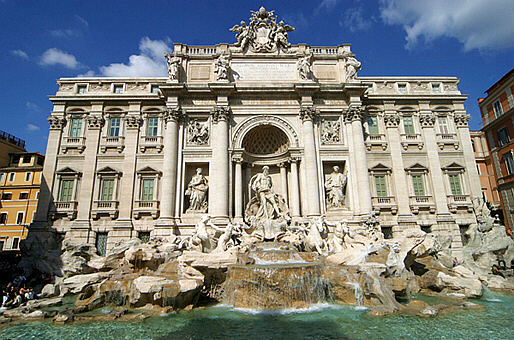
Italy’s capital city, Rome, is one of the most well
known cities in the world. And it’s one of the oldest. Vatican City, the
city-country where the Pope lives, is located wholly within the city of Rome,
making it the smallest country in the world. No matter where you turn in this
city, you can’t help but run into ancient ruins and iconic world-famous
buildings next to modern wonders. If you’ve read Dan Brown’s Angels and Demons, it mentions many of
these pieces of public art. Its historic city center is on the UNESCO’S World
Heritage Site list, but that’s not the only one—Italy has the most World
Heritage Sites than any other country (Italy has 50 sites that made the cut;
China came in with 47 and Spain with 44.) According to mythology, the city of
Rome was named after its first king, Romulus. But there are also a number of
other theories as to how it was named. Historically, Rome was the center of
thought, of art, of music, of culture, of religion, of government. It’s no
different today. Some of the most visited sites in the city are from locals as
well as tourists. Rome is also now home to booming high-tech industries,
financial services industries, and media industries, not to mention the
numerous educational facilities, high fashion, performing arts and cinema,
haute cuisine, and sports venues that are spread throughout the city.

Italy’s economy contributes to its status as a
highly developed country, ranking third in the Eurozone area and eighth in the
world. This country is known for its manufacturing companies across several
markets. Italian-made cars are among some of the most coveted vehicles in the
world. Companies such as Ferrari, Alfa Romero, Fiat, Lamborghini, Maserati,
Bugatti, Ghia (like Karmann Ghia), and Vespa are familiar to many car
enthusiasts. High-end fashion means big bucks in places like Rome, Milan,
Florence, and Naples. Names like Armani, Dolce & Gabbana, Gucci, Fendi,
Moschino, Prada, Versace, Max Mara, and others are considered top of the line. Italy
is also a destination for culinary aficionados from across the world. It’s also
the world’s leading wine producer (I need to go investigate this). Italy’s
science and technology sector is a major economic boost, but there’s a reason
for that. This country has a long history of producing scientists,
mathematicians, and inventors whose names may or may not sound familiar: Leonardo
da Vinci, Galileo Galilei, Leonardo Fibonacci, Alessandro Volta (invented
electric battery), Guglielmo Marconi (invented radio), and many others who have
won numerous prizes and awards for their works and who have contributed to our
global understanding of science and math.

By far Roman Catholicism is the most practiced
religion in Italy, and it’s understandable since this is where it got its
start. Not the mention this is where the Pope lives (kind of; well, he’s super
close by). But there are more than just Catholics living in Italy; there are
many followers from other religions represented in this country: Protestants,
Jews, Muslims, Buddhists, Hindus, Sikhs, and Bahá’ís.
 |
| Ciao = Hello |
Italian is the most widely spoken language and the
official language of education, government, and business. While there are many
dialects and regional variants of Italian throughout the country, there was a
general standardization of the language due to the expansion of television and
other media during the 1960s and 1970s. Outside of Italian, there are several
languages that have officially been recognized (although some of these
languages are used only in a few areas): Sardinian, Occitan, Ladin, Friulian,
Franco-Provençal, French, Croatian, Slovene, Greek, German, Catalan, and
Albanian.

As a foodie I am super excited that I have finally
landed on Italy. And through the large numbers of Italian immigrants to the US,
we now have access to and familiarity with many of their prized culinary
delights. Even some of their culinary terms have now become commonplace in the
English language. Here are just a few you may recognize: espresso, cappuccino,
latte, macchiato, parmesan, pizza, mozzarella, asiago, romano, pomodoro,
bruschetta, fresco, basilico, peperoncini, pepperoni, gelato, panini, caprese, rigatoni,
manicotti, mostaccioli, prosciutto, farfalle, spaghetti, alfredo, fettuccine,
orzo, rotini, capellini, fusilli, fiori, penne, pancetta, focaccia, ciabatta,
mascarpone, vermicelli, ziti, lasagna, linguine, gnocchi, pasta, porcini
mushrooms, radiatori, pane, panettone, macaroni, formaggio, vino, salami, ditalini,
tortellini, gemelli, ravioli, tiramisu, cannoli, and calzone. So, just like when
my professor made us realize how much we already knew about Italy, there was
still much we didn’t know or think about. And that’s where I come in.
Up next: art and literature




